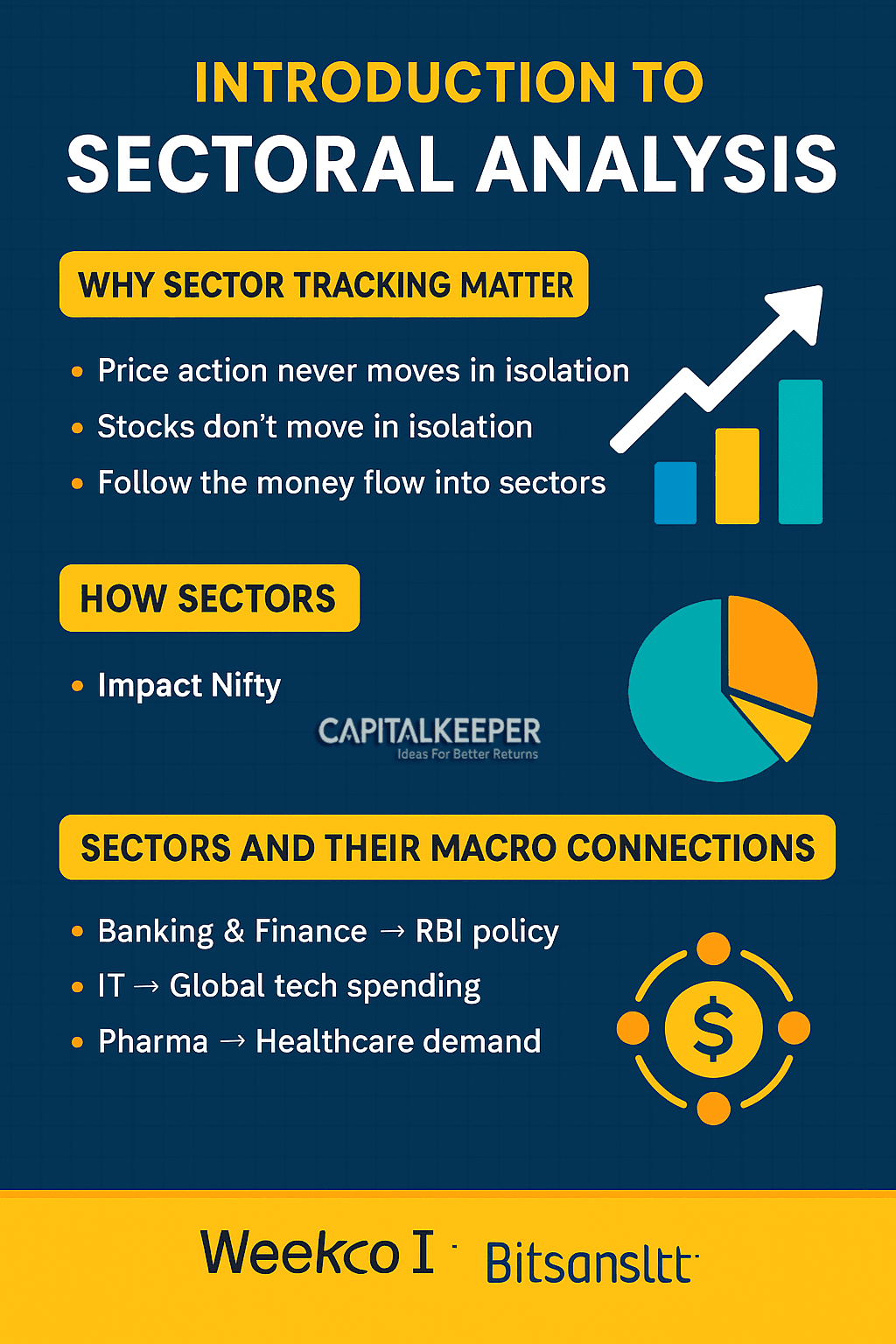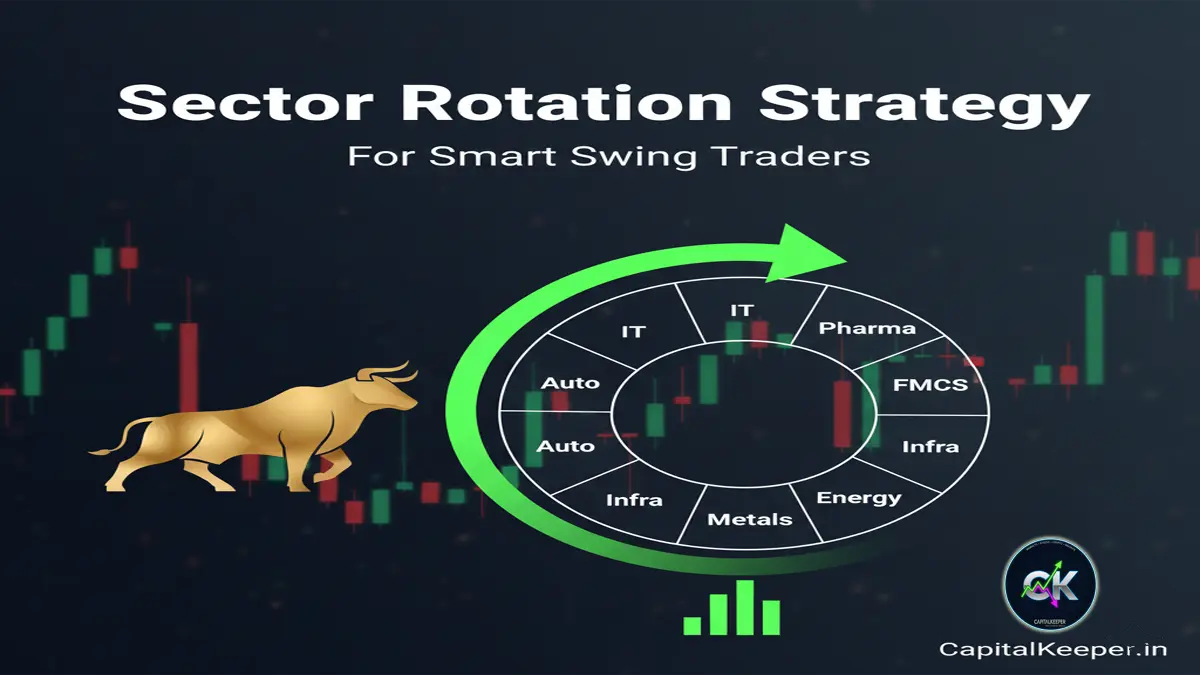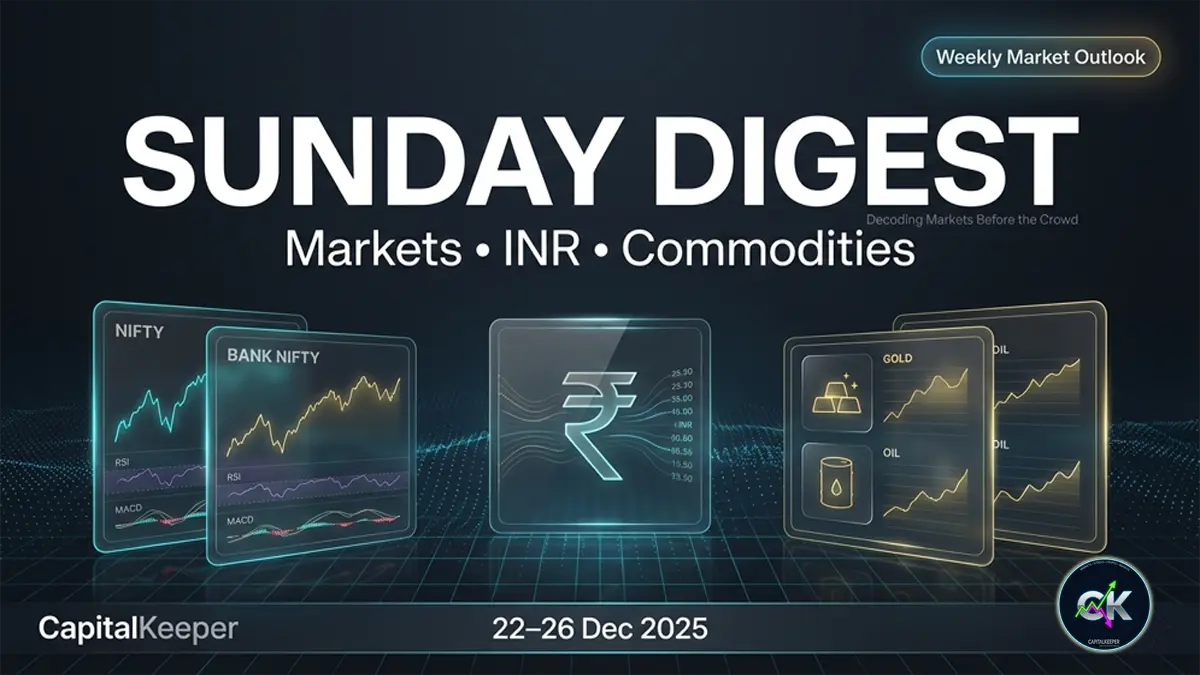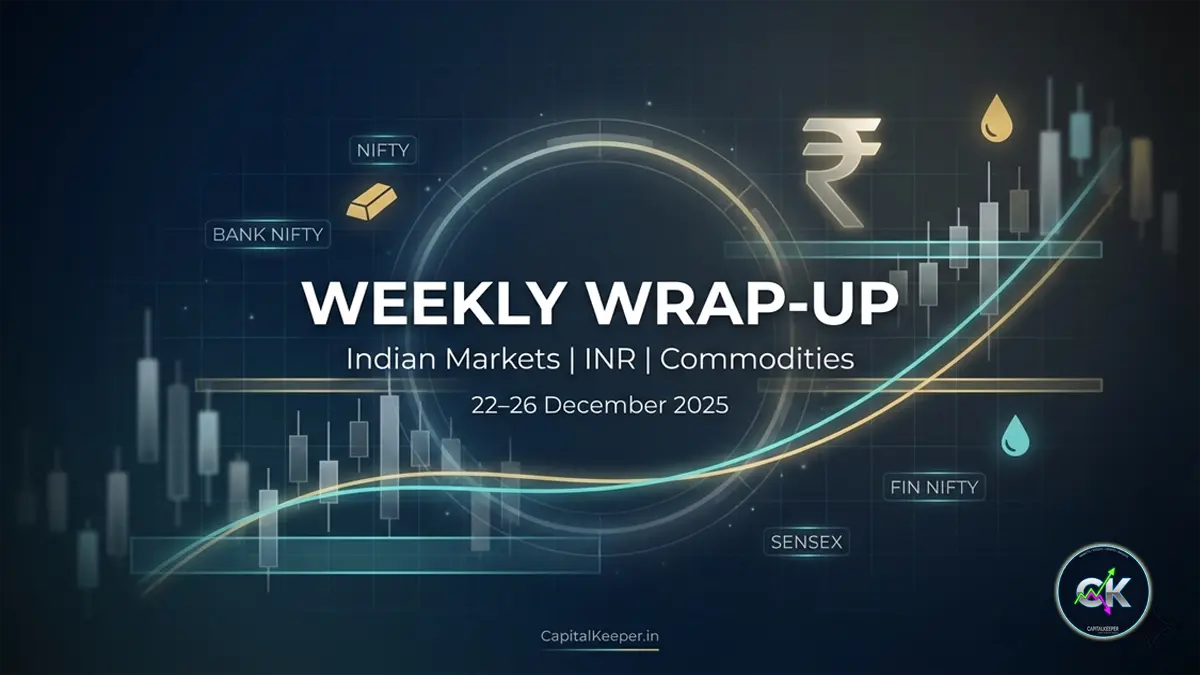Introduction to Sectoral Analysis: How Sectors Shape the Nifty and Trading Opportunities
By CapitalKeeper | Beginner’s Guide | Indian Equities | Market Moves That Matter
Day 1 – Introduction to Sectoral Analysis: Why Sectors Drive the Market
Learn why sectoral analysis is crucial for traders and investors. Discover how sectors influence Nifty, their relation with macroeconomic data, and how to identify strong sector trends for profitable trading setups.
🌐 Why Sector Tracking Matters
In stock markets, price action never moves in isolation. Individual stocks are part of broader sectors, and these sectors often move together based on macroeconomic drivers, global cues, or policy changes.
- When the Banking sector rallies, Nifty often follows.
- If IT stocks decline, they can drag the entire index down despite strength elsewhere.
- In 2020, IT and Pharma became leaders during the COVID crisis, while travel and hospitality sectors collapsed.
- In 2022–23, PSU banks and Defence stocks became multi-baggers because of government push and liquidity rotation.
👉 The lesson here is simple: follow the money flow into sectors, and you’ll often find where the next big opportunity lies.
📊 How Sectors Impact Nifty
The Nifty 50 index is not just a random basket of companies—it’s a weighted representation of India’s economy. Sector weights matter because they determine which industry groups move the index most.
Here’s a breakdown:
- Bank Nifty & Financials (35–40% weight in Nifty)
Any move in HDFC Bank, ICICI Bank, or Kotak Bank heavily swings the index. RBI rate decisions, credit growth, and NPAs all influence this sector. - IT Sector (13–15% weight)
Infosys, TCS, Wipro, and Tech Mahindra depend on global IT spending and the $/₹ exchange rate. Nasdaq movements often set the tone here. - Pharma (4–5% weight)
Sensitive to USFDA approvals, global health crises, and domestic healthcare demand. During COVID, Pharma became the market leader. - Energy & Oil (10–12% weight)
Reliance and ONGC dominate. Crude oil prices and government energy policies decide momentum. - FMCG (8–10% weight)
Hindustan Unilever, ITC, Nestlé move with rural demand, inflation trends, and consumer sentiment. - Infrastructure & Realty (4–5% weight)
Tied to government budgets, interest rates, and housing demand. Post-2021, infra has become a thematic favorite due to Smart Cities and PLI schemes.
👉 Traders who understand these weights can predict index moves by analyzing sector performance.
🌍 Sectors and Their Macro Connections
Each sector has a macro driver. Let’s look at some key correlations:
- Banking & Finance → Directly linked to RBI policy, interest rates, credit demand, and NPAs.
- IT → Moves with global tech spending, rupee-dollar exchange rates, and US Fed cues.
- Pharma → Influenced by healthcare policies, global pandemics, and FDA approvals.
- Energy/Oil & Gas → Crude oil prices, OPEC decisions, renewable energy adoption.
- Metals & Mining → Commodity cycles, China demand, global steel/aluminum trends.
- FMCG → Inflation, consumer spending, rural economy.
- Infra & Realty → Govt infra push, Smart Cities, housing schemes, credit availability.
👉 This is why sector analysis = combining technical charts with macro fundamentals.
📈 How to Track Sectors Like a Pro
- NSE Sectoral Indices
- Bank Nifty, Nifty IT, Nifty Pharma, Nifty FMCG, etc.
- Track performance vs Nifty.
- Relative Strength (RS) Analysis
- Compare sector charts against Nifty to identify outperformers.
- Example: If Nifty is flat but Nifty Auto is up 3%, Auto is a strong candidate.
- Options Data (OI + PCR)
- Watch open interest in sector leaders. If Bank Nifty OI is building at 55,000 CE, you know where resistance lies.
- Macroeconomic News
- RBI policy → Banking
- Budget → Infra & PSU
- Inflation → FMCG
- Oil prices → Energy
- FIIs & DIIs Flow
- Foreign investors usually chase IT, Banking, Energy.
- Domestic funds chase FMCG, Infra, and PSU themes.

✅ Trader’s Checklist for Sectoral Trading
Before taking a trade, ask yourself:
- Is the sector leader stock showing momentum (e.g., HDFC Bank for Bank Nifty, Infosys for IT)?
- Is the sector outperforming or underperforming Nifty?
- Are there macro triggers in favor of the sector (RBI policy, budget, global cues)?
- Is there options data support (OI buildup, PCR ratio)?
- Can I position trade in the sector leader stock instead of random midcaps?
👉 Example:
In 2022, PSU banks were showing consistent OI buildup, outperforming Nifty, and had strong government policy support. A trader following this checklist could ride SBI, Bank of Baroda, and Canara Bank for multi-month gains.
🧩 Case Study: IT Sector in 2020–21
- COVID forced global companies to adopt digital transformation.
- Nasdaq rallied, rupee remained weak → boosting IT exports.
- Nifty IT index outperformed Nifty by 50%+ in 12 months.
- Stocks like Infosys doubled, while midcap IT (LTI, Mindtree, Coforge) became multi-baggers.
👉 This shows how a thematic shift can drive entire sectors, and identifying early rotation gives traders an edge.
📌 Key Takeaways
- Sectors are the engines of Nifty—follow them to predict market direction.
- Each sector is macro-linked (Banking → RBI, IT → Dollar, Pharma → FDA, FMCG → Inflation).
- Use relative strength, OI data, and macro news to filter strong vs weak sectors.
- Always trade strong stocks in strong sectors for higher probability setups.
- Sectoral analysis bridges technical + fundamental + derivative data → giving traders professional-level edge.
📌 For daily trade setups, technical learning, and smart investing tips, stay tuned to CapitalKeeper.in
📌 For more real-time updates, trade setups, and investment insights — follow us on [Telegram] and [WhatsApp Channel] subscribe to our newsletter!

Subscribe Now , Join Telegram the Crypto Capital Club, Get Free Crypto Updates
📌 Disclaimer
The content provided on CapitalKeeper.in is for informational and educational purposes only and does not constitute investment, trading, or financial advice. While we strive to present accurate and up-to-date market data and analysis, we make no warranties or representations regarding the completeness, reliability, or accuracy of the information.
Stock market investments are subject to market risks, and readers/investors are advised to conduct their own due diligence or consult a SEBI-registered financial advisor before making any investment decisions. CapitalKeeper and its authors are not liable for any loss or damage, direct or indirect, arising from the use of this information.
All views and opinions expressed are personal and do not reflect the official policy or position of any agency or organization. Past performance is not indicative of future results.By using this website, you agree to the terms of this disclaimer.
Ranjit Sahoo
Founder & Chief Editor – CapitalKeeper.in
Ranjit Sahoo is the visionary behind CapitalKeeper.in, a leading platform for real-time market insights, technical analysis, and investment strategies. With a strong focus on Nifty, Bank Nifty, sector trends, and commodities, she delivers in-depth research that helps traders and investors make informed decisions.
Passionate about financial literacy, Ranjit blends technical precision with market storytelling, ensuring even complex concepts are accessible to readers of all levels. Her work covers pre-market analysis, intraday strategies, thematic investing, and long-term portfolio trends.
When he’s not decoding charts, Ranjit enjoys exploring coastal getaways and keeping an eye on emerging business themes.
📌 Follow Ranjit on:
LinkedIn | Twitter/X | Instagram | ✉️ contact@capitalkeeper.in
















Leave a Reply